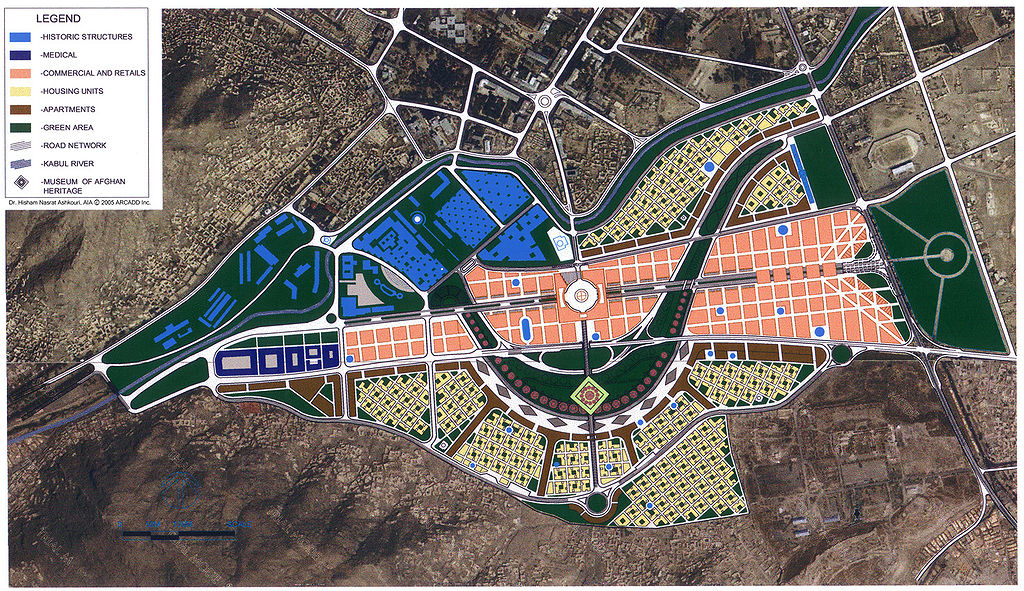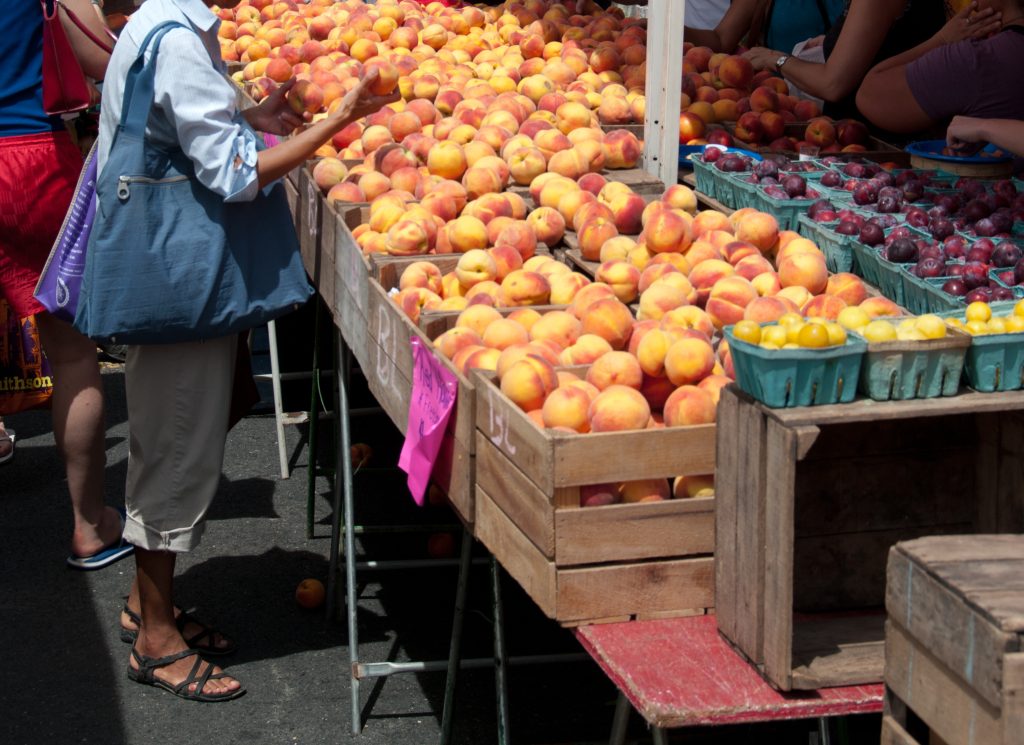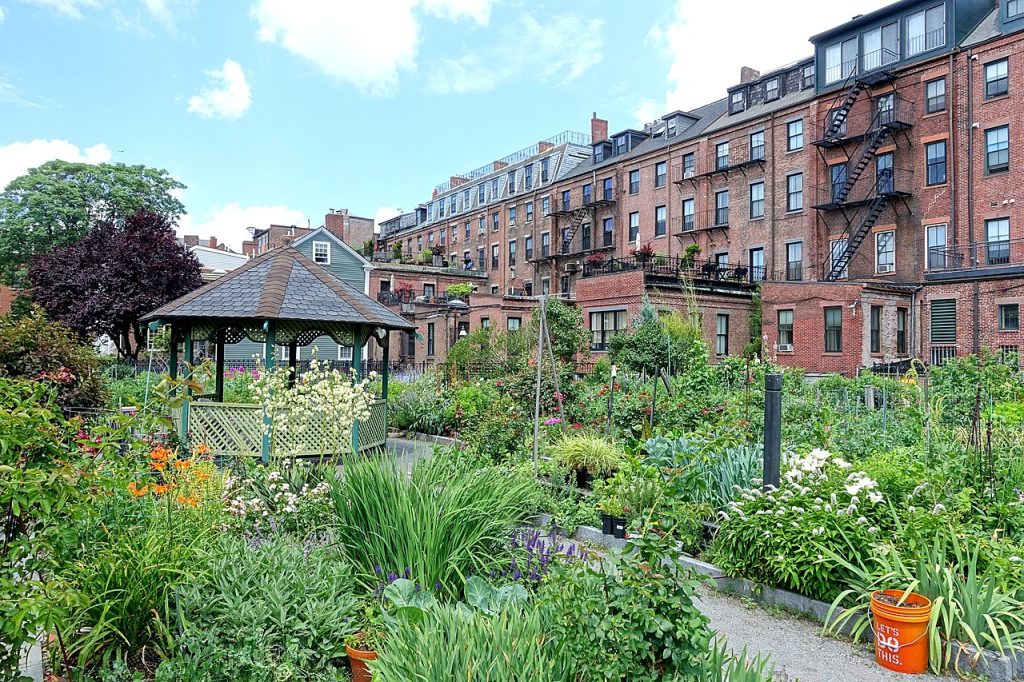What does it mean to think globally and act locally? In the simplest terms, this oft-quoted philosophy calls on us to consider the health of the planet and all of its inhabitants even in the smallest and most immediate actions. The “think globally, act locally” philosophy proceeds from the idea that each of us has a part to play in the well-being of both the communities around us and the larger world that we all share.
A “think globally but act locally” strategy begins with living a more sustainable lifestyle, one that is simultaneously more economically savvy and more environmentally conscious.
[For more tips on both economical and ecological conversation, check out these 50 tips for saving money in your everyday life.]
How Can People Think Globally and Act Locally?
If the phrase “think globally, act locally” sounds like something of a paradox, consider the profound notion that real change starts at home.
We may all wish to see dramatic and sweeping changes in areas like corporate carbon emissions, large-scale usage of fossil fuels, food scarcity, environmental inequality, and the stewardship of public green spaces. Realistically speaking, we also recognize that this kind of progress requires large institutional movement and policy change.
But the truth is, you have the potential to affect real and meaningful change directly within your local community. We don’t all have the power to revamp climate action initiatives or tackle global economic disparities and disadvantages. However, looking at the bigger picture can remind us of the importance of the more modest steps we can take in our local communities. For many of us, pursuing sustainable environmental goals and undertaking methods of local action for a more economically fair system is the best way we personally can support and encourage efforts to implement positive change.
The more of us who are engaged in efforts to think globally, act locally starting from within our own communities, the more likely we are to collectively transform the larger world. In other words, when you act to support your local community—including your local economy, local ecosystem, local language, local culture, local partners, and local programs—you are making important contributions to improvements in living standards, sustainability, and economic fairness the world over.
RELATED: How To Choose Your First Bank Account
Our goal here is to offer strategies that you can employ in your everyday life, as a private citizen, to think globally and act locally. But first, let’s take a quick look back at the history of this phrase.
Who Originated the Phrase “Think Globally, Act Locally”?
Who first said, “Think globally, act locally”?
The origin of this phrase is generally traced a notable Scottish town planner and social activist named Patrick Geddes. When Geddes first invoked the phrase “think global, act local,” he meant this as a philosophical imperative underlying progressive city planning.
The originator of the advice to “think globally, act locally” argued that in every community, it is incumbent upon citizens to preserve the unique qualities of the local culture, identity, and economy while developing in direct harmony with the surrounding environment.

IMAGE SOURCE: Arcaddmarketing, Wikimedia Commons, Creative Commons Attribution-Share Alike 3.0 Unported
Geddes’ “holistic, often profoundly spiritual approach to urban matters was revolutionary,” an article published in the Journal of Extra-Corporeal Technology reported.
How exactly did Geddes “think global, act local”—and how did his efforts pay off?
According to the Journal of Extra-Corporeal Technology, “Geddes brought about transformation in these urban areas rapidly and with surprisingly low cost, by paying careful attention to detail. Geddes made a careful analysis of the situation on the street and focused on specific small changes; for example, removing the most dilapidated houses and repurposing space as open areas or community use space that was highly valued by inhabitants.”
Geddes’ efforts to improve the bigger picture through small but conscientious local action would expand beyond Scotland and the UK, and the focus of the “think global, act local” strategy would evolve to apply to more fields beyond urban planning. This mode of thinking would have a formative impact on urban development in the subsequent century, driving the identity, orientation, and internal economic dynamics of major metropolitan areas and other culturally distinct regions throughout the United States and all over the world.
With the 1970s, and the emergence of an increasingly visible and vocal environmental movement, the phrase also came to be associated with the goals of environmental sustainability and conservation. In this context, the view emerged that patronizing local businesses, sourcing food locally and supporting the economic endeavors of friends and neighbors could serve as an antidote to the growing footprint—and ecological impact—of national and global corporations.
[Do your part, and help your bottom line, by finding ways to save on your energy use and utility bills.]
The Corporate Imperative
The phrase “think globally, act locally” is perhaps invoked most frequently in the context of business, especially in the wake of globalization.
The last three decades have seen a remarkable transformation in the way nations and businesses interact. The end of the Cold War, the mass proliferation of high-speed internet, and the subsequent erosion of trade barriers have forever altered the corporate landscape. Businesses both large and small can now readily operate across borders, oceans, and time zones. In other words, it has become easier than ever for businesses to grow “global.”
But these trends have also intensified the need for global organizations to better understand and respect the local communities where they conduct business—the communities where their customers and employees live, work, raise families, and pursue dreams. An article in Forbes notes that “If you are building a truly global company, you need a unified mission, product vision and culture that are consistent from country to country. However, it is possible to build a borderless global company that acts locally without altering the company’s core principles.”
For multinational companies that operate across a wide spectrum of localities, it is important to balance unifying global priorities with a respect for the needs, desires, and identities of the diverse communities where they operate. This respect should ideally manifest as a combination of two critical elements:
- Sound economic policy, including fair labor practices and support for, rather than competition against, local businesses
- Sound environmental policy, including responsible land use and sustainable management of local resources
RELATED: The Truth About Cryptocurrencies: A Clearheaded Guide to the Crypto World
Too often, large corporate entities fall short of this standard of fair, sustainable, forward-thinking economic and environmental policies. As a consequence, the ecological impact of global corporate activity has grown more severe, and America has experienced a greater commercial homogenization under the umbrella of ever fewer and ever larger corporate entities. As this has occurred, the imperative to “act locally” has only grown more urgent.
Today, this phrase not only informs a more progressive approach to multinational corporate growth, but it also offers a practical and an ideological umbrella for the environmental movement. On the ideological end of the spectrum, says an article in the “Journal of Extra-Corporeal Technology“, “Thinking globally and acting locally, in its simplest form, is a commitment to personal change. It is a liberating journey of small, deliberate changes to dismantle inconsistencies that exist between what we know and what we do.”
This combination of environmental and economic priorities should be seen as informative to everyday citizens who aspire to think with worldwide well-being on their minds while acting locally, in the best interests of their own communities. While we, as private citizens, may not necessarily be charged with the responsibility of coordinating operations in offices across a dozen unique localities, each with its own laws, customs and workplace culture, there is much that we can learn from this philosophy. Whether you are a local business owner, an active participant in your town’s civic affairs, or a student learning how to be a responsible global citizen, there are “think globally, act locally” strategies that you can apply in your everyday life to the benefit of your household, your community, and the world at large.
On a practical level, this may denote a number of strategies in your personal life that—while small and localized entirely to your household—can play a part in turning the tide against unsustainable or irresponsible behaviors. So what does that mean on a practical, day-to-day level? Read on for ways that you can contribute to improvements in your local community that can have far-reaching, even global implications…
1. Buy Locally Sourced Food
By focusing on only buying food sourced in your community or region, you help to reduce your community’s dependence on processed and imported food. This is important because many global food producers leave considerable carbon footprints as a consequence of corporate farming operations, long-distance shipping and, in many cases, maintenance of operations in contexts with lax environmental and labor laws. By seeking out locally sourced food, you are reducing your contribution, and your community’s contribution, to food manufacturers who negatively impact the environment.

IMAGE SOURCE: Dirk Ingo Franke, Wikimedia Commons, Creative Commons Attribution 3.0 Unported
Seek out local grocers, or only patronize name-brand stores that feature sections with locally grown produce and locally manufactured foods. You may even be able to purchase produce, poultry, meats, dairy products, and more directly from locally owned and independently operated farms in your community. Many family farming operations are open to the public and offer access to on-site markets where you can purchase fresh goods directly from butchers, dairy farmers, and growers. One of the added bonuses to this approach is that you’ll get to see exactly where your food is coming from and what your purchase is supporting.
If there are no local farms in your community that offer access to the public, seek out farmers’ markets or local co-op grocers where food producers from your region will often gather to distribute their goods. If you’re still not sure where to look, visit sites that provide comprehensive indexing of local food sources like National Buy Fresh Buy Local and the USDA Local Food Directory.
2. Start a Community Garden
In addition to seeking out local sources of fresh food, you can actually contribute directly to the production of a local food source. Creating a community garden is an amazing way to add to the local food supply while establishing a vibrant green space where members of your community can meet, gather, and organize. According to the American Community Gardening Association, this can be a powerful way to bring together local government, businesses, schools, religious organizations, youth recreation groups, and your own neighbors around a shared set of goals. You might be surprised to find a great deal of enthusiasm among small businesses and non-profit groups, many of whom can serve as valuable sponsors and benefactors while you gather materials, promote the effort to prospective participants, and seek a space for your community garden.

IMAGE SOURCE: Daderot, Wikimedia Commons, Creative Commons CC0 1.0 Universal Public Domain Dedication
The results of your effort will be added green space and improved air quality in your neighborhood alongside greater civic involvement and, most importantly, the establishment of a sustainable source for healthy, responsibly grown, and affordable food. Once your garden is mature and thriving, you should be able to harvest enough fruits and vegetables to benefit participants, neighbors and local food pantries, all while reducing the carbon footprint required to feed your community.
3. Patronize Locally Owned Businesses
Naturally, your community is composed of far more than just homes and farms. The lifeblood of countless communities flows through the Main Street businesses, independent contractors, and home startups manned by the local citizenry. One of the best ways to act with local communities in mind is to bypass the big-box store in favor of the mom-and-pop shop. It is tempting to choose the discounts and savings offered by a larger business over the intimacy of your local store. But a look at the bigger picture suggests that there is a far greater long-term cost to shopping at the megastore.
Most of these big-box stores strategically undercut smaller, local businesses, a practice which can have devastating effects on your community. When you shop at a big-box store, most of the money you spend will leave your local community permanently as it enters a global supply chain of dollars, materials, producers, and consumers.
By contrast, when you shop with your neighbors, you’re also supporting their employees, their landlords, their local suppliers, their local contractors, and a host of others who make up your community. According to Rubicon, “When you shop local, you’re making a personal investment in your neighborhood and community. In fact, for every $100 spent, roughly $68 to $73 of it returns to local activity.” And when you support this more localized supply chain, you are once again reducing the carbon footprint produced by your community’s economic demands.
4. Reduce Waste At Home and In Your Community
Most communities have comprehensive recycling programs but few take steps beyond this to reduce wastefulness. This is where you come in, whether you’re a local citizen, a business owner, or both. It’s important that the businesses making up your community are engaged in responsible management of their own waste in ways that transcend basic trash and recycling pickup.
Local organizations can play a lead role in helping businesses find creative and constructive ways to reduce their wastefulness. This can include strategies for up-cycling old storage, display, and retail materials; replacing the use of plastic containers, straws, utensils, shopping bags, etc. with paper or reusable goods; and donating or composting unused foodstuffs rather than disposing of them in a landfill-bound dumpster.
Individuals can also take steps to reduce waste by shopping with reusable bags; eliminating single-use items like water bottles and coffee-pods; purchasing foods without extra packaging, and; like businesses, composting uneaten food for garden fertilizer. The less waste your household produces, the less fuel will be expended for either recycling or waste disposal on your behalf, and the less substance you’ll contribute to the nation’s landfills. And as with each of the tips on our list, this one will save you money as you shop with a greater focus on reusable goods and materials.
Waste isn’t always synonymous with trash, either. For example, making multiple trips in an automobile wastes more fossil fuels and produces more emissions that are hazardous to the environment than if you coordinated your errands to more efficiently get everything done in one trip. Even if you’re buying the same items, going to the store fewer times reduces your use of fossil fuels and your negative impact on the environment.
5. Organize Community Swapping and Shopping
Another great way to save money and reduce waste is to open the lines of communication and trade within your community, both online and in person. Create online marketplaces for selling personal times among neighbors; organize community flea markets where locals can sell unneeded items, and; schedule regular clothing, book, and magazine swaps.
You don’t necessarily even need to extend these efforts to your entire community. You can make an impact on a small scale by simply hosting your own swap activities among friends. According to Real Simple, “Beyond being economical, eco-friendly, and an excuse to clean out your closet, a swap party with friends is far more fun than a yard sale with strangers.”
Flea markets and swaps are also a great way to showcase the contributions of local growers, artisans and merchants. Incorporate farmer’s markets and craft tables into your events. Every one of these activities helps to keep dollars inside of your community while reducing the number of items that will find their way into dumpsters and landfills
What Is Your View on Think Globally, Act Locally?
It’s no coincidence that so many of the steps you must take to think globally and act locally are at once environmentally conscious and economically savvy. The notion of sustainability should appeal not just to the way you view natural resources but to the way you view the resources in your own household, community, and region.
In other words, there is a direct link between habits and lifestyle decisions that are good for the planet and good for your wallet. For a deeper exploration of this link, check out 50 Ways to Save Money and Help the Environment.
You don’t have to be the head of a multinational corporation or an influencer with hundreds of thousands of followers to think globally, act locally, and make a difference in the world around you. If the ideas behind the think global, act local movement speak to you, there are plenty of small and large steps you can take as an ordinary person to reduce environmental and economical waste yourself and support strategies and organizations involved in larger efforts.
We all have the power to think globally and act locally in service of shaping our world for the better.
***
Looking for a great way to save money and help the environment? Check out our article on the pros and cons of living without a car.
